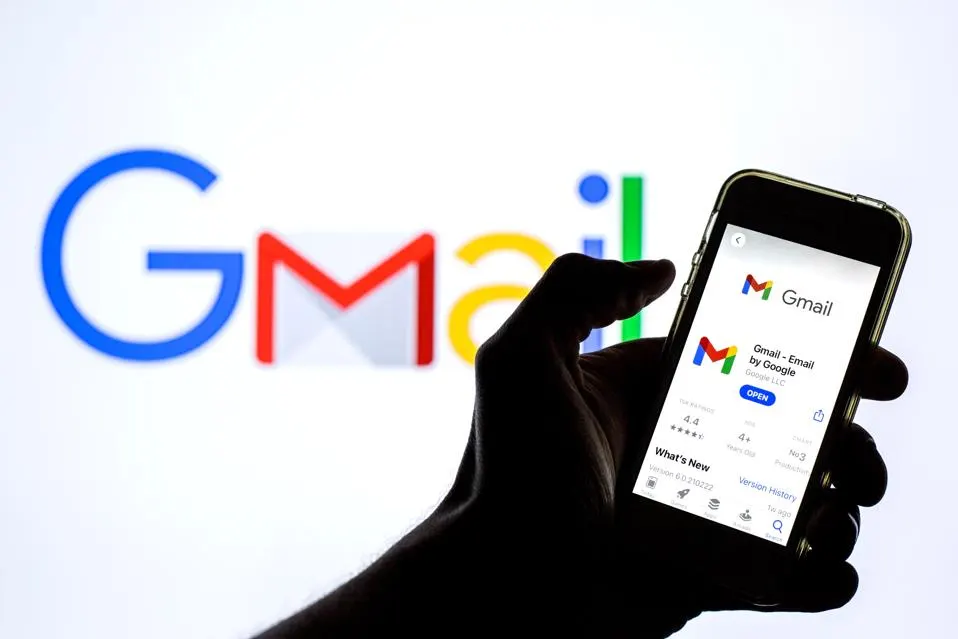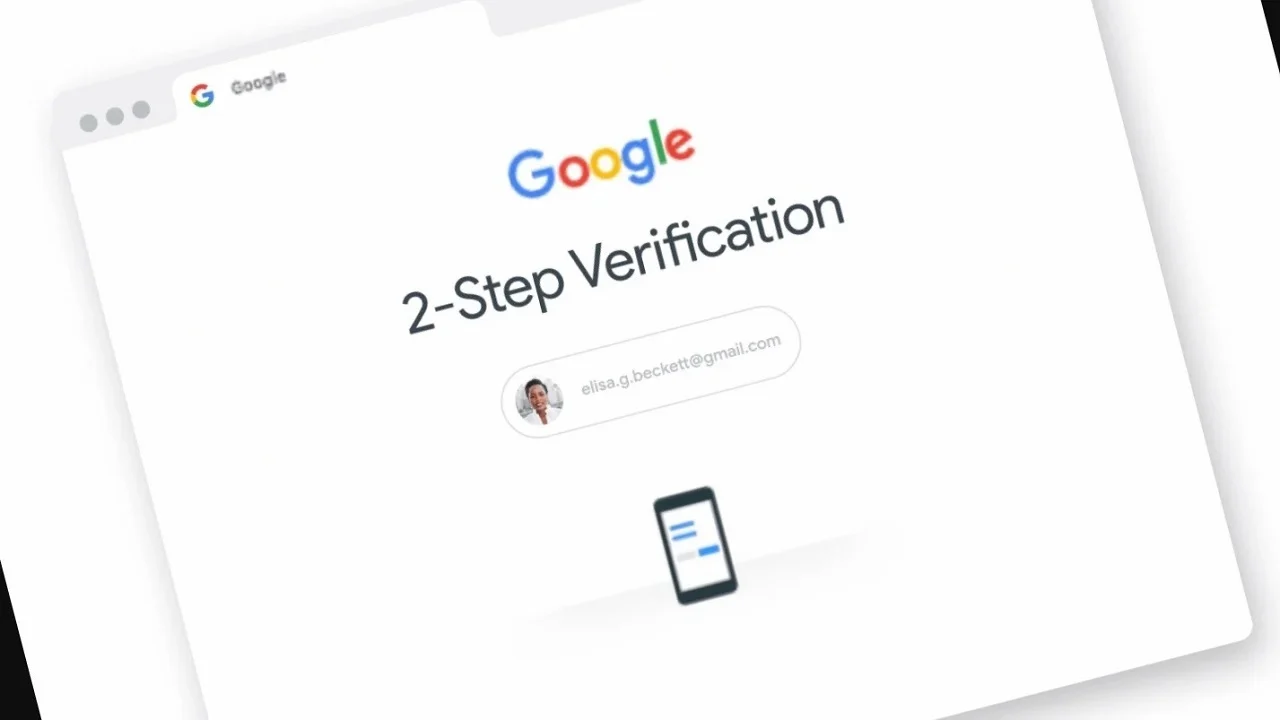Google is discontinuing SMS authentication (2FA) for Gmail. Indeed, you read that correctly. The technology company is implementing a major alteration in the identity verification process for Gmail users. Google has opted to eliminate SMS-based authentication codes in favor of QR codes. This decision is part of the company’s continuous initiative to improve security measures and safeguard users against cyber threats.
Why Google Eliminates SMS Authentication for Gmail
For many years, SMS-based authentication has served as a prevalent method for two-factor authentication (2FA). Nevertheless, it is fraught with numerous vulnerabilities that cybercriminals have taken advantage of. Ross Richendrfer, a spokesperson for Gmail, stated, “Just as we aim to move beyond passwords with innovations like passkeys, we also seek to eliminate the use of SMS messages for authentication purposes.”

Google has recognized several risks linked to SMS-based authentication:
- Phishing Attacks – Cybercriminals can deceive users into disclosing their SMS codes, thereby compromising their accounts.
- SIM Swap Fraud – Attackers can exploit mobile carriers to seize control of a user’s phone number, effectively circumventing SMS-based authentication.
- Service Provider Security Risks – The security practices of mobile carriers can vary significantly, rendering SMS codes unreliable in certain situations.
- Fraudulent Schemes – Scammers take advantage of SMS-based authentication through tactics such as “traffic pumping,” where they manipulate online services to generate large volumes of SMS messages to numbers they control, profiting from each message received.
In light of these security concerns, Google has concluded that SMS-based authentication is no longer the most effective option and has opted to transition to a more secure alternative.
What’s Replacing SMS Codes?
Gmail users will soon transition from receiving a six-digit code via SMS to verifying their identity through QR codes. Upon attempting to sign in, users will encounter a QR code displayed on their screen, which they will need to scan with their smartphone camera or a specific authentication application.
This method offers several advantages:
- Increased Security – Without a traditional code that can be intercepted or phished, the risk of unauthorized access decreases.
- Independence from Mobile Carriers – QR codes eliminate reliance on mobile networks, reducing the risk of SIM swap fraud.
- Faster and More Convenient Authentication – Scanning a QR code is often quicker and more seamless than entering a six-digit code.
What Does This Means for Gmail Users?
Google has not yet specified a precise timeline for the complete discontinuation of SMS codes; however, the transition will occur gradually over the coming months. Gmail users are advised to prepare by ensuring they have access to a smartphone equipped with a camera to scan QR codes when necessary.
This change represents a notable evolution in authentication methods, reflecting the broader movement towards more secure login systems. Google is already promoting the use of passkeys as a substitute for conventional passwords, and the elimination of SMS authentication is another measure aimed at enhancing online security.
Users can anticipate further updates from Google regarding the comprehensive implementation of this change soon. In the interim, it is essential for users to remain alert to phishing attempts and to verify that they have alternative recovery options established for their accounts.
The transition to QR code authentication underscores Google’s dedication to proactively addressing emerging cybersecurity threats and enhancing the safety of online experiences for its users.
For more daily updates, please visit our News Section.

